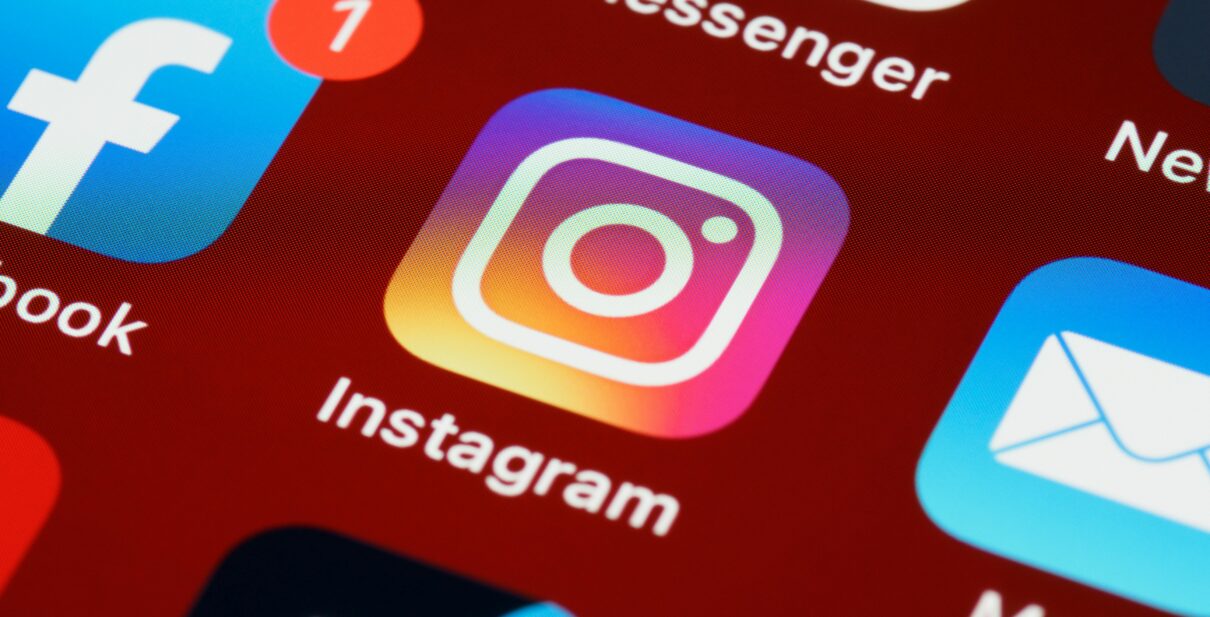Social media marketing
Social media marketing is the practice of using social media platforms and tools to promote your business and connect with your audience.
Social media marketing at a glance
- Social media marketing is the practice of promoting a business (and, optionally, selling products and services) on social media platforms.
- Social media is the perfect place to advertise, with more than 5 billion global users spending dozens of hours every week plugged in.
- Standing out on social media requires a balance of content, analytics, and preparation.

Social media marketing is the practice of using social media platforms and tools to promote your business and connect with your audience.
By leveraging the power of social media platforms and the tools they offer, businesses can not only showcase their products or services but also engage with their customers on a personal level.
The intended outcomes can range from the somewhat abstract (like brand building) to the very specific (like selling products through social commerce). Driving web traffic, increasing sales, and nurturing customer loyalty are all common goals of social media marketing. It is about building relationships with your audience in the places they already spend their time online. This might look like promoting your latest product drop, or simply jumping in on a trend that your audience is interested in.



In a nutshell, social media marketing works by promoting your brand to social media audiences. Businesses get a platform to say who they are, what they do, and why you should buy from them, and customers get to see a wide range of products, services, and offers all from the comfort of their phone or computer.
There are many ways you can promote your business using social media, from creating hilarious video content that shows your audience your relatable side, to crafting high-quality data-driven reports to show your expertise in your industry.
Social media marketing activities can include:
- Content planning and creation. This is the most visible component of social media marketing. It’s the art of creating appropriate types of content for each platform to connect with the audience there.
- Content scheduling and publishing. This is the task of actually getting your content onto the appropriate platforms at the appropriate time.
- Social media analytics. Using analytics tools to track how content performs, report on progress towards social media goals, and plan ways to improve overall response.
- Social listening. Using social media marketing tools to keep a virtual ear to the ground, learning what’s being said about your brand and your industry. This is also a powerful tool for competitor research.
- Community management. Connecting with followers to build a community online, then working to keep that community active and healthy by responding to messages and creating ongoing opportunities for engagement.
- Social media advertising. Using paid tools on social networks to get your content in front of a larger audience. This may include working with influencers or external content creators.
Marketing through social media is effective because it’s a place where more than half the global population hangs out. Not to mention, a whopping 76% of social media users have purchased something because they saw it on social media.
Here’s a quick breakdown by platform:
- Snapchat users have $4.4 trillion in global spending power
- 68% of users watched YouTube to help them make a purchase decision
- 50% of Instagram users say that they’ve visited a brand’s website after viewing their Stories
- Brands see 1.7x more product discovery on TikTok than on other platforms
- 50% of Pinterest users see the platform as a shopping destination
Before social media, brands relied on more traditional advertising routes to get their message to their customers. TV ads, billboards, radio ads, flyers, magazine spots, and more offered brands a way to serve up content that (hopefully) got customers thinking about buying their products.
But, with the rise of social media, brands no longer need to wait around for someone to turn on the TV or open a magazine. Today, people spend approximately 2 hours and 23 minutes daily on social media. That accounts for 35.8% of total daily online activities.

Source: Data Reportable
Social media marketing brings your message directly to your customers, while allowing you to accurately measure how effective each post, comment, and ad is at achieving your goals.
This type of in-depth analytics simply aren’t available in more traditional advertising platforms. Not to mention, the sheer volume of social media users opens up a massive new market for businesses looking to grow.
From increased brand awareness to more and better sales, let’s break down the benefits of marketing through social media for brands.
Meet your audience where they spend their time
These days, audience attention is split all over the place. Between work, family, holidays, and milestones, it can be difficult to know where and when to speak to your audience. Not to mention, research shows the average attention span is somewhere around 47 seconds. Yikes.
Luckily, social media attention remains high. Here’s how some of the major platforms break down:
- TikTok users spend 34 hours each month on the Android app
- Facebook users spend almost 20 hours a month
- Instagram users spend an average of 12 hours a month on the app
- YouTube users watch 1 billion hours of content every day
- Snapchat users open the app nearly 40x a day
Social media presents a unique place where audiences are active, engaged, and spending a large swath of their time. Think about the last “screen time report” your phone presented to you. Yeah… it’s a lot, right?
The good news for marketing managers is that social media attention is holding steady, and that means your audience is there, ready and waiting.
All you need to do is create content they want to see, and keep doing that. Well, pretty much forever.
Build brand awareness and trust
Looking to leverage social media marketing to get your brand known by more people? Smart thinking! In fact, 86% of brands find social media gives their business more exposure.
There are two major factors that influence purchasing for consumers. These are:
- Awareness
- Trust
Brand awareness can be boiled down to simply knowing your brand exists. If I’m looking for a cotton t-shirt, my first action will be to browse among shops I am already familiar with. If I have seen social media posts for cotton t-shirts from a new brand, I might save, follow, or otherwise come back to those once I’m ready to make a purchase.


